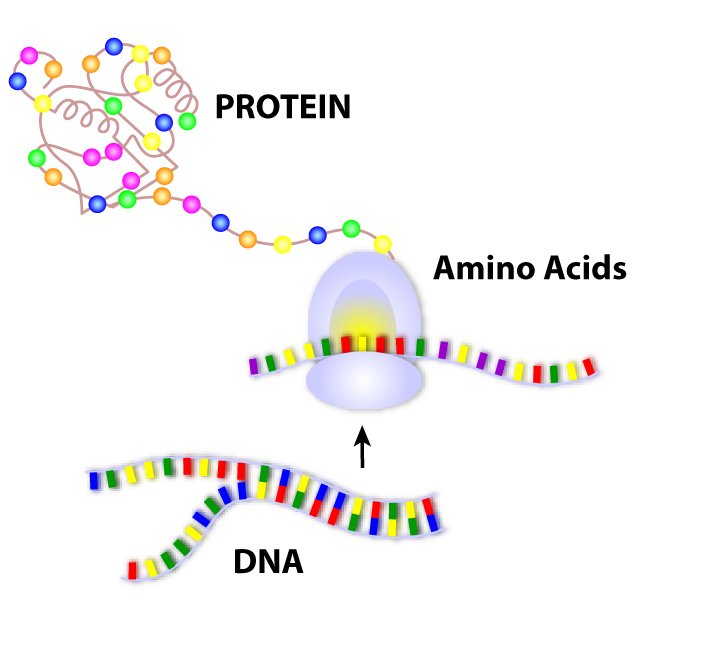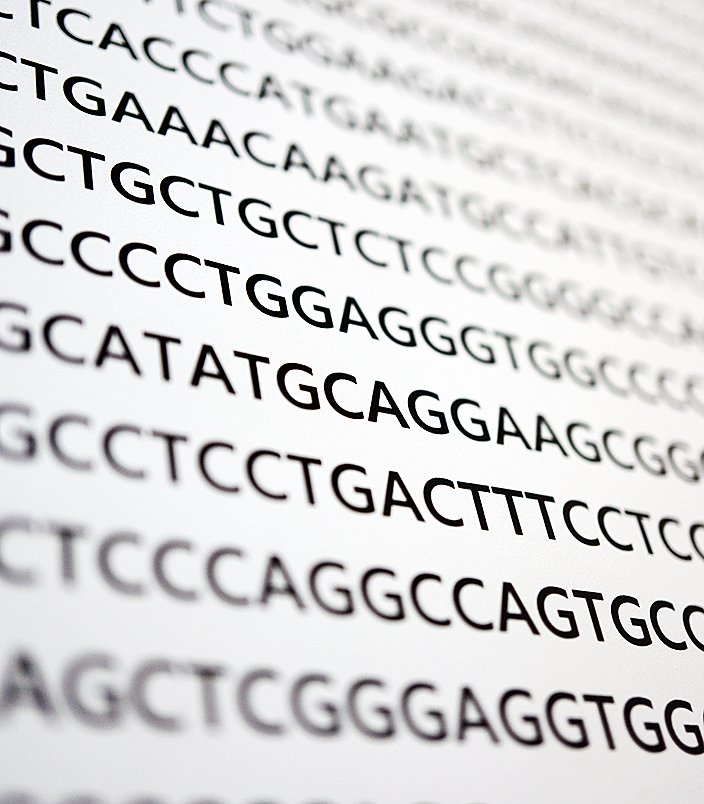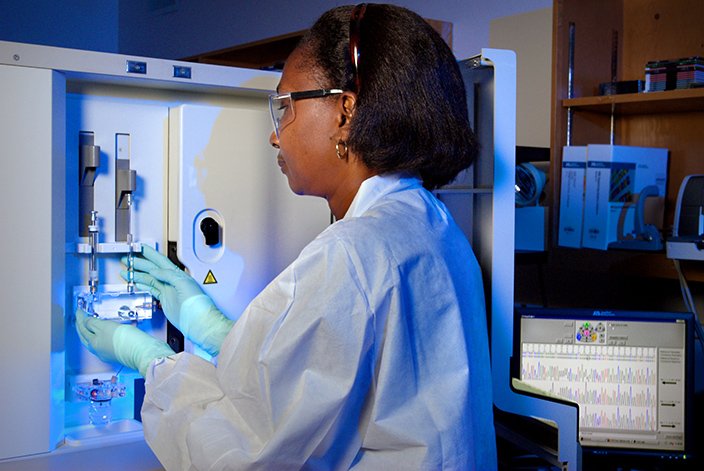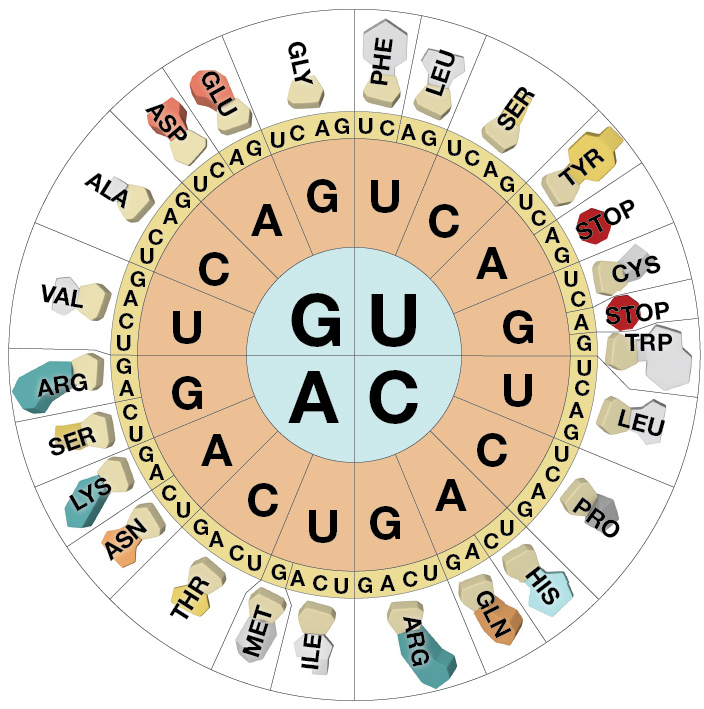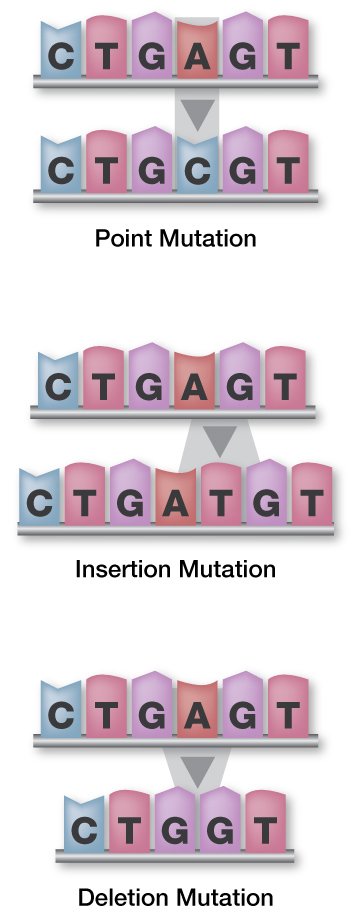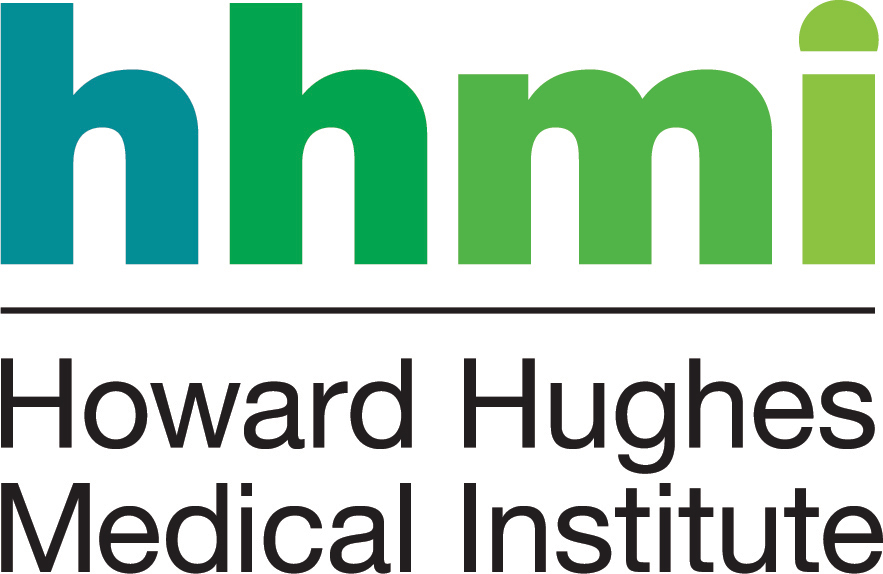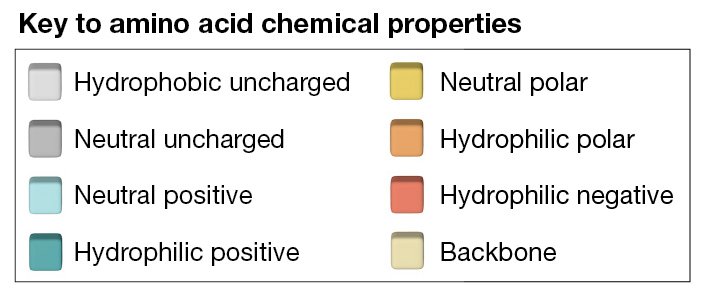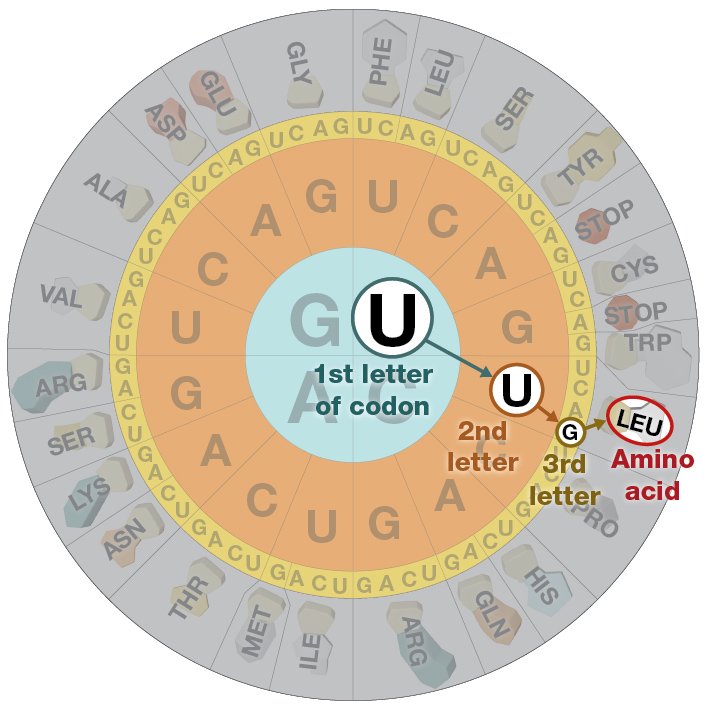It's not a mistake when we say that ATG is a start codon. Scientists generally consider AUG to be a start codon in mRNA sequence and ATG to be a start codon in a DNA sequence.
But...
If AUG on an mRNA molecule means "start,"
and mRNA is copied from a DNA template,
and the DNA template is complementary to the mRNA copy,
then why isn't a DNA start codon TAC?
The key thing to remember is that DNA is double stranded.
Here's a DNA sequence, with the start codon in red:
GC ATG CTG CGA AAC TTT GGC TGA
We've shown the sequence of just one of the DNA strands. It's a shortcut, and it's tidier to look at, and it's how DNA sequences are typically written. If we wanted to, we could include the sequences of both strands:
GC ATG CTG CGA AAC TTT GGC TGA
CG TAC GAC GCT TTG AAA CCG ACT
While our shorthand version shows just the top strand, it's actually the bottom strand that RNA polymerase reads to build an mRNA molecule. And if we're being literal about the actual nucleotides in the DNA strand that are read to build the mRNA's AUG start codon, we might consider the start codon on a DNA molecule to be TAC.
But that's not quite right. The chemical structure of DNA gives it a polarity, and the two complementary DNA strands are anti-parallel. That is, the 5' (5-prime) and 3' (3-prime) ends of the two DNA strands face in opposite directions:
5' GC ATG CTG CGA AAC TTT GGC TGA 3'
3' CG TAC GAC GCT TTG AAA CCG ACT 5'
The scientific standard is to write a nucleotide sequence from 5' to 3'. That means we'd have to write the sequence of the bottom strand like this:
5' TCA GCC AAA GTT TCG CAG CAT GC 3'
It would be more accurate to say that the DNA sequence of the "start codon" on the bottom strand is CAT. But that's an inconvenient way to talk about a protein-coding DNA sequence: everything's not only complementary but also backwards.
For the sake of ease and clarity, scientists tend to ignore the bottom strand (they call it the "non-coding" or "antisense" strand). Instead, they refer to the sequence of the "coding" or "sense" strand: the one that's almost identical to mRNA—the difference of course being that every T in DNA is replaced by a U in RNA. They know there's another strand, and they know how to figure out what its sequence is if they need to.
